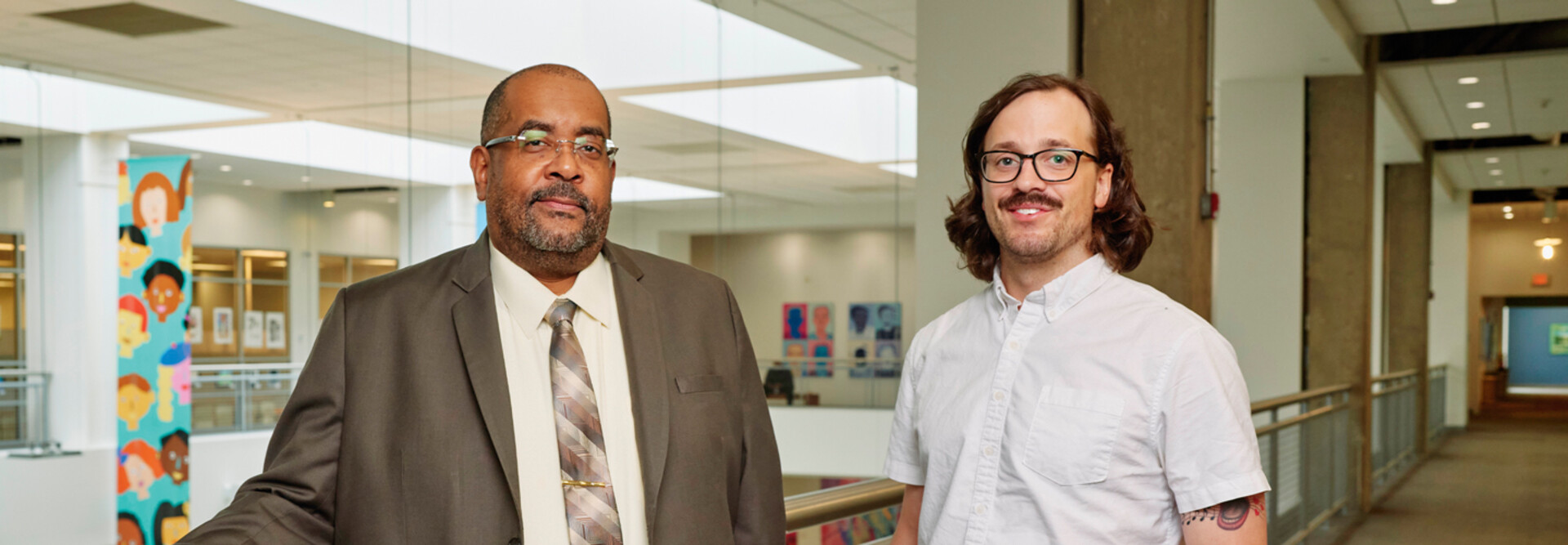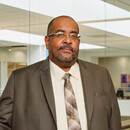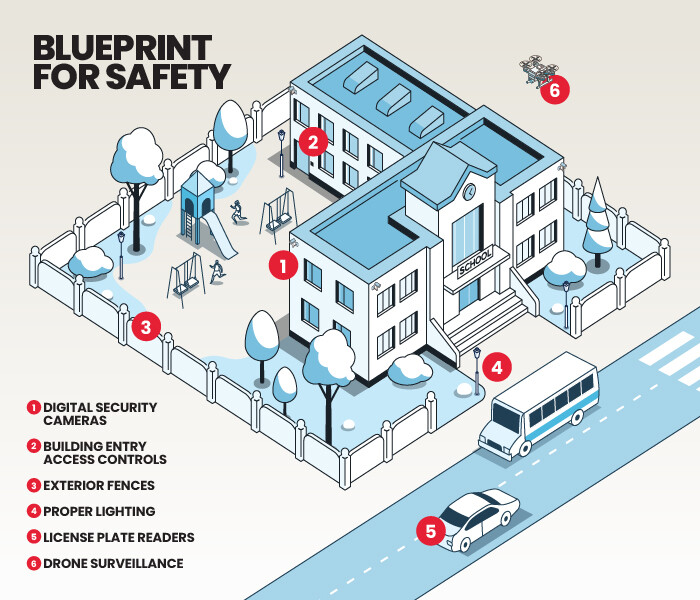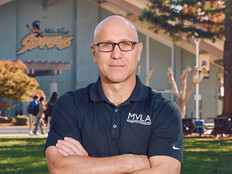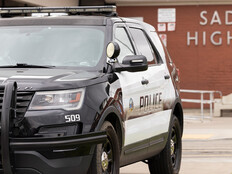“Often, if you have that team in place in your district and that external third-party consultant coming in and doing that too, you're going to find some vulnerabilities that maybe were missed by either stakeholder,” Grace says.
Usage Plans Can Dictate What Should Be Installed — and Where
The School District of Philadelphia is currently replacing its analog security cameras with digital versions. To determine which type would be best, the district initially focused on identifying its performance needs.
Consultants and product vendors such as CDW examined school building layouts and suggested potential camera models and mounting locations, which led the district to purchase an enterprise-level video management platform from Genetec.
Installation began in 2023 with assistance from CDW; 14,000 cameras will eventually be placed, according to Craig Johnson, chief of school safety.
The district’s previous cameras essentially functioned as stand-alone systems, producing footage accessible only to local safety officers or principals within a specific building.
DISCOVER: Address the four pillars of school safety with your physical security strategy.
Footage from the several thousand digital cameras that have been installed is stored locally at schools and can be pulled to a central location to be viewed.
“It is not a cloud-based system,” says Deputy Chief of Information Security Andrew Speese. “Streaming cameras all day through the internet from our 158 locations would be a pretty intense demand on our network. And, if we were to lose network connectivity, when you keep cameras local, they'll still be filming because they don't need an internet connection to function.”
Two years ago, the School District of Philadelphia also began using drones to monitor gatherings, such as outdoor sporting events, as part of a pilot program at one of its high schools.



